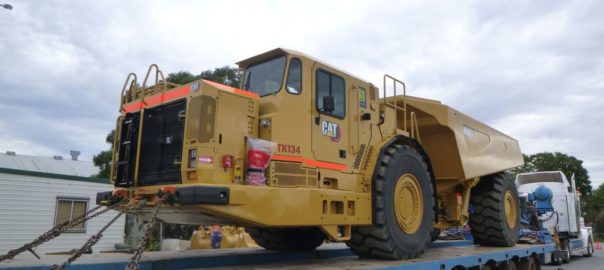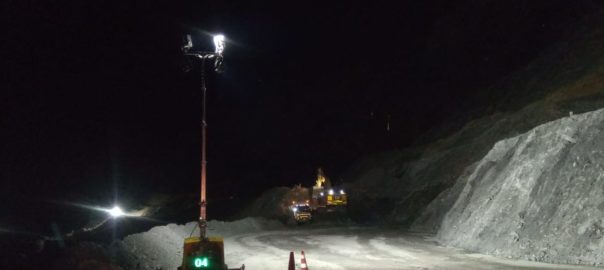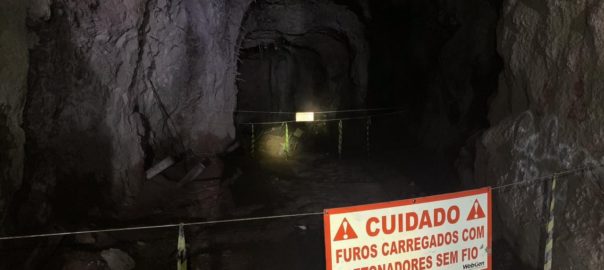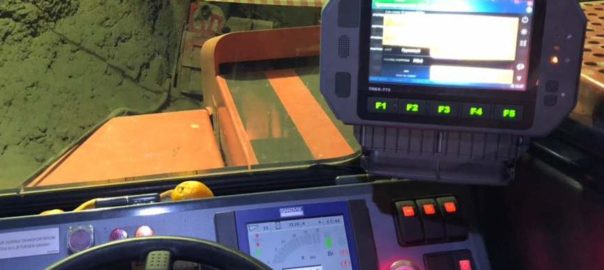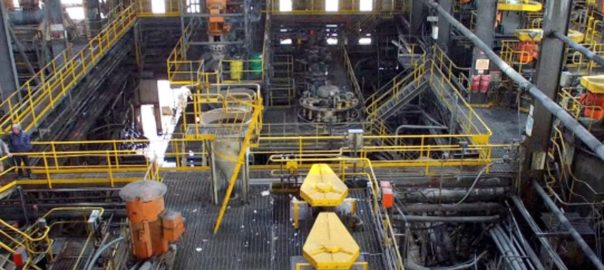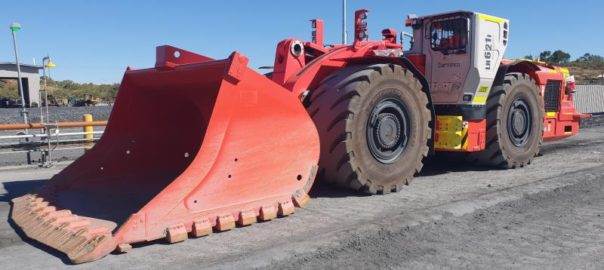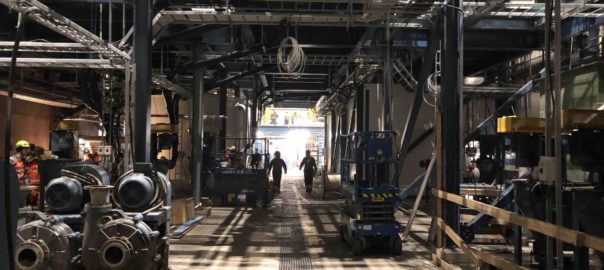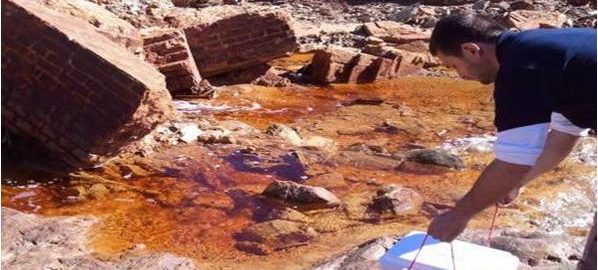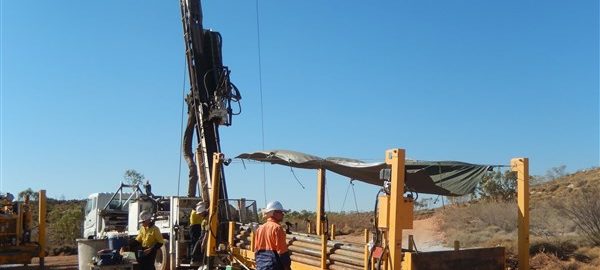Last month, Cat dealer Hastings Deering sent out the world’s first AD63 truck to South32’s Cannington silver-lead mine in Queensland, Australia.
With a 63 t payload, the AD63 is the largest underground truck in the Cat product line, and comes with best in class speed on grade, according to Hastings Deering.
Joe Russell, South32 Cannington Vice President Operations, told IM that since taking delivery of the articulated truck from Caterpillar, via Hastings Deering, the company had started work on tailoring the vehicle to the mine’s specific requirements.
“Once the truck enters full operation, it will replace an older vehicle in our fleet,” Russell said. “The AD63 will be used in conjunction with the rest of the underground trucking fleet to move material to various locations within the South32 Cannington mine site.”
Russell highlighted the vehicle’s Euro Stage V Cat C27 diesel engine when reflecting on the recent fleet addition.
“The AD63’s engine specifications will help us to further reduce emissions, resulting in good outcomes for the environment and underground air quality,” he said.
Released in April, the AD63 features a 5% increased payload and more torque for enhanced production capabilities compared with its predecessor, the AD60, Cat says.
Additional new features enhance operator ergonomics, maintenance access and safety, and data collection for machine health monitoring, according to the OEM.
South32’s Cannington underground mine produces about 3 Mt/y of ore.







